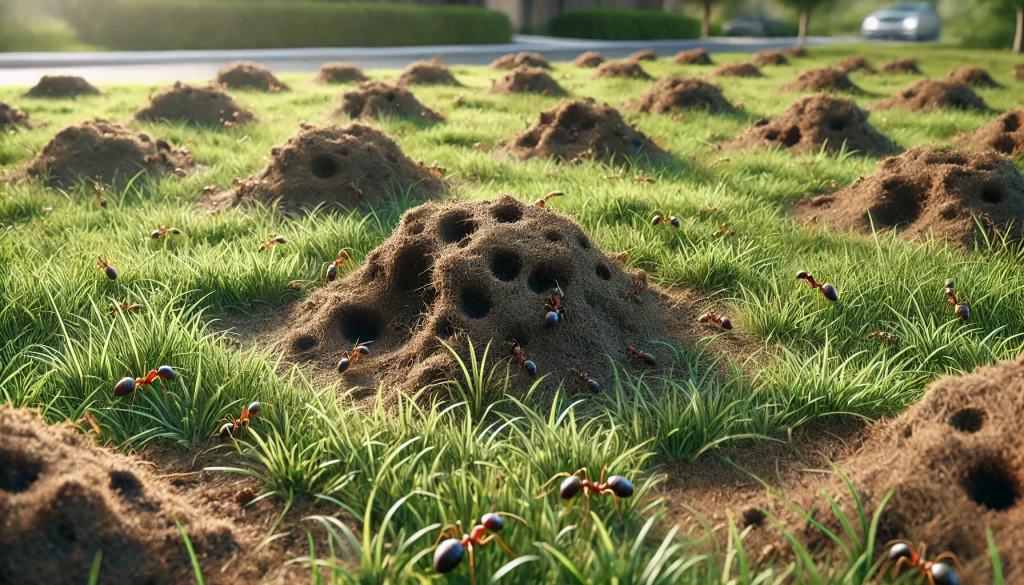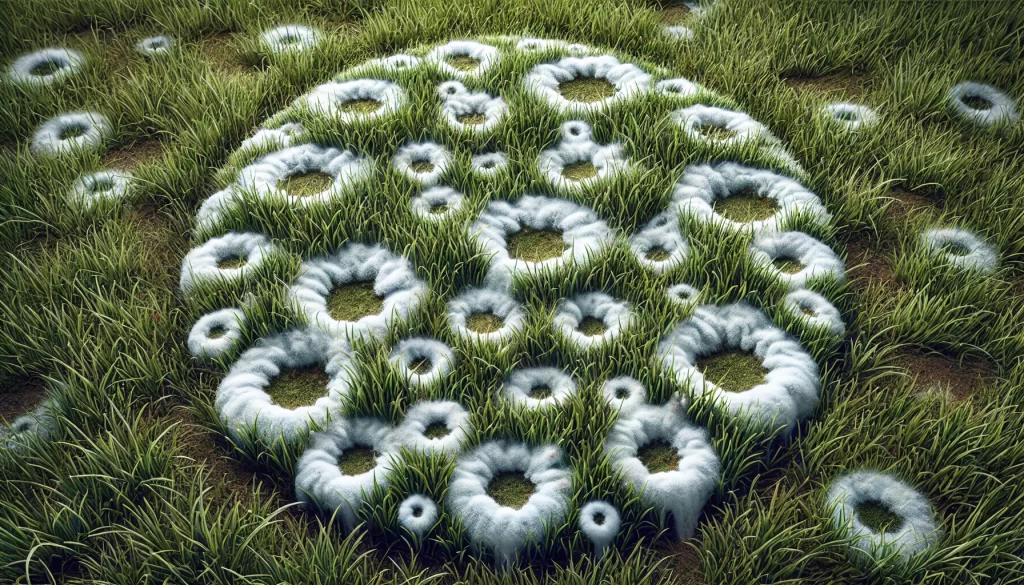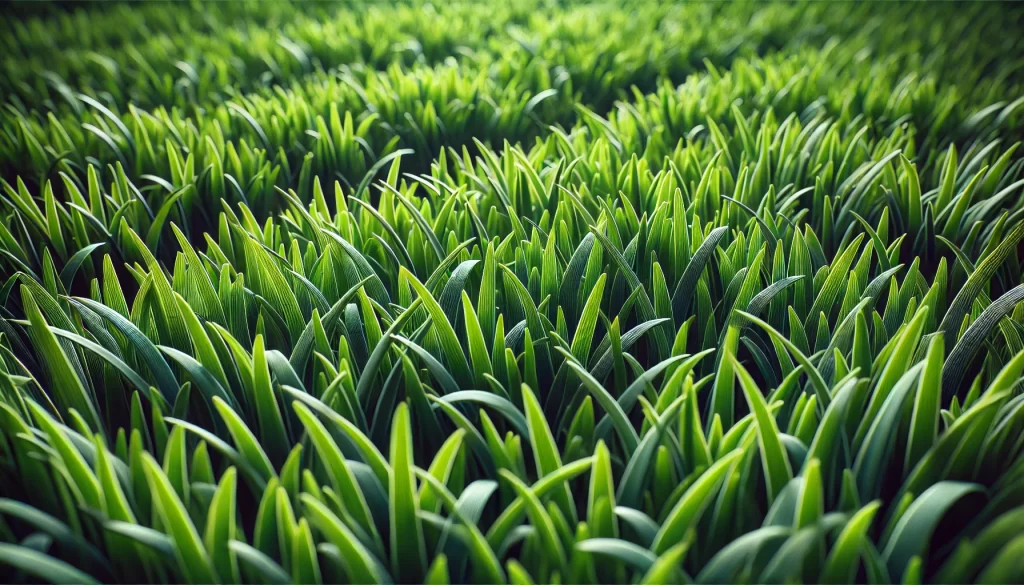Lawn, although a fundamental element in most gardens and green areas, is not without problems that can compromise its health and appearance. From destructive pests like white grubs and nematodes to fungal diseases like brown patch and snow mold, lawns face multiple challenges that can lead to deterioration if not properly managed. These issues can manifest as yellow patches, uneven growth, and dry or dead areas, affecting not only the lawn’s aesthetics but also its ability to withstand daily use and weather conditions. Understanding the causes of these problems, as well as implementing prevention and treatment strategies, is essential to maintaining a healthy and attractive lawn over time.
Common Lawn Pests
White Grubs (Beetle Larvae)
White grubs, which are beetle larvae, feed on grass roots, weakening the lawn and causing brown and dead areas. This occurs because the larvae disrupt the lawn’s ability to absorb water and nutrients, resulting in grass that lifts easily due to root loss. To control this pest, the use of beneficial nematodes or specific insecticides applied in the early larval stages is recommended, along with proper lawn maintenance, such as aeration and deep watering.

Lawn Chinch Bugs (Blissus insularis)
Lawn chinch bugs suck the juices from grass blades, causing dry, discolored spots that spread quickly. These pests are most active during warm months and can cause significant damage if not controlled. To combat them, specific insecticides can be applied, and maintaining a healthy lawn through proper fertilization and regular watering can help minimize the impact of infestation.
Ants
Ants do not feed on grass, but their nests and mounds can cause problems by uprooting roots and making mowing difficult. This can lead to an uneven and less attractive lawn. To manage the presence of ants, specific baits or organic treatments can be used to reduce the population without harming the lawn. Additionally, keeping the lawn well-maintained and watered can discourage nest-building.

Nematodes
Nematodes are microscopic worms that attack grass roots, causing uneven growth and yellowish areas. These parasites can be difficult to detect, but their presence manifests in a weak lawn prone to other diseases. To control nematodes, it is important to conduct a soil analysis and apply biological treatments or nematicides as necessary. Keeping the lawn well-nourished and aerated also helps reduce damage.

Fungal Lawn Diseases
Brown Patch (Rhizoctonia solani)
Brown patch is a fungal disease that appears as brown circles in the lawn, especially in warm and humid conditions. The fungus spreads quickly and can leave large areas of dead grass if not controlled. To prevent and treat brown patch, it is crucial to avoid overwatering, improve soil ventilation, and apply appropriate fungicides when conditions are favorable for fungal development.
Rust (Puccinia spp.)
Rust appears as yellow or orange spots on grass blades and is more common in conditions of low fertilization or water stress. This disease weakens the lawn, making it more susceptible to other pests and diseases. To manage rust, balanced fertilization, adequate watering, and, in severe cases, the application of specific fungicides are recommended.
Snow Mold (Typhula spp. and Microdochium nivale)
Snow mold appears on the lawn during winter or early spring after the snow melts, leaving circular areas with white or pink mold. This disease is more common in lawns that remain wet for extended periods. To prevent snow mold, it is essential to avoid snow accumulation on the lawn, improve drainage, and apply fungicides before winter if conditions are expected to be conducive.

Anthracnose (Colletotrichum graminicola)
Anthracnose affects both the leaves and bases of grass stems, causing discoloration and tissue death. This disease develops in lawns under stress, such as extreme heat or low fertilization. Managing anthracnose includes improving lawn maintenance practices, such as deep and regular watering, proper fertilization, and the use of fungicides in severe cases.
Lawn Health Problems
Soil Compaction
Soil compaction reduces water and nutrient penetration, weakening the lawn and making it more susceptible to diseases and pests. A lawn with compacted soil will show poor growth and may develop yellow patches. To address compaction, lawn aeration is recommended, which helps loosen the soil and improve air and water circulation to the roots.

Overwatering
Overwatering can lead to waterlogged soil, creating an ideal environment for fungal diseases like pythium. Additionally, excess water can drown roots, reducing the overall health of the lawn. To avoid problems, it is crucial to adjust watering schedules according to seasonal needs and ensure good soil drainage.
Nutritional Deficiencies
A poorly nourished lawn is more vulnerable to pests and diseases. The lack of nitrogen, in particular, can cause weak growth and pale color. To correct nutritional deficiencies, it is important to conduct regular soil tests and apply fertilizers that provide the necessary nutrients in the right amounts.

Shade and Poor Ventilation
Lack of sunlight and limited airflow can create ideal conditions for fungal diseases and uneven lawn growth. Shaded areas are often more humid, promoting the development of molds and fungi. To improve these conditions, surrounding trees and shrubs can be pruned to increase sun exposure and improve air circulation.
Lawn Problem Control and Prevention
Proper Maintenance
Regular lawn care, including watering, mowing, and fertilizing, is essential to prevent most problems. A well-maintained lawn is more resistant to pests and diseases and can recover more quickly if a problem arises.
Chemical Rotation
To avoid pest and disease resistance to chemical treatments, it is advisable to rotate the use of fungicides and insecticides. This helps maintain the effectiveness of products and reduces the risk of developing resistances.

Aeration and Drainage
Improving soil aeration and ensuring good drainage are key steps to maintaining a healthy lawn. Aeration reduces soil compaction, while good drainage prevents waterlogging and water accumulation, minimizing conditions favorable for diseases.
Selection of Resistant Varieties
Using grass varieties that are resistant to pests and diseases is an effective preventive strategy. These varieties are developed to better withstand adverse conditions and require less chemical intervention to remain healthy.
 AgronoBlog – Agriculture Blog
AgronoBlog – Agriculture Blog 